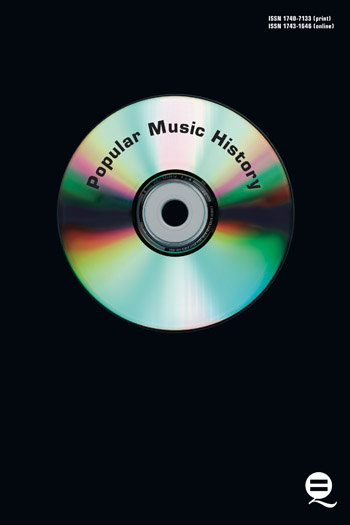Reviews
The unprecedented success of the recent recording of Dora Bright's Piano Concerto on the SOMM label has sparked a notable revival of interest in her life and work, and this splendid new biography of this hitherto largely unknown musician will surely do much to establish her as one of the main female British composers of her era. This book is both meticulously researched and well written; it is a timely publication that is highly recommended.Robert Matthew-Walker, Editor Musical Opinion








